Basement Carpet & Pad
ricksample
10 years ago
Featured Answer
Comments (12)
worthy
10 years agoricksample
10 years agoRelated Professionals
Murraysville General Contractors · Deer Park General Contractors · Duncanville General Contractors · Spencer General Contractors · Troutdale General Contractors · New Providence Interior Designers & Decorators · Charleston Architects & Building Designers · Bend Flooring Contractors · Carlisle Flooring Contractors · Eustis Flooring Contractors · Franklin Square Flooring Contractors · Hubert Flooring Contractors · Long Beach Flooring Contractors · Stevens Point Flooring Contractors · Summerville Flooring Contractorsricksample
10 years agoandrelaplume2
10 years agoworthy
10 years agoricksample
10 years agoandrelaplume2
10 years agopkovo
10 years agojimrac
10 years agokitasei
10 years agobingobingo
10 years ago
Related Stories
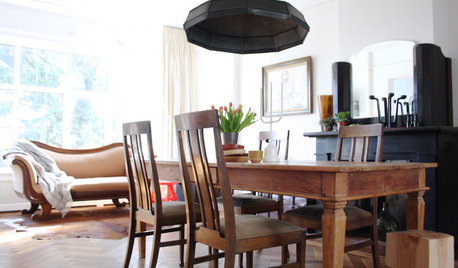
HOUZZ TOURSMy Houzz: Buried Treasure in an Eclectic Bachelor Pad
An under-carpeting surprise joins antique furnishings and artwork to help an owner love his Netherlands home
Full Story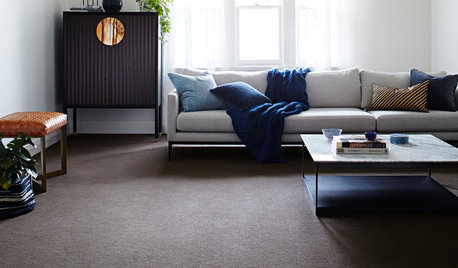
GREAT HOME PROJECTSHow to Get New Carpeting
Carpeting adds a layer of warmth and softness to a space. Here's what to know about today's materials, costs and trends
Full Story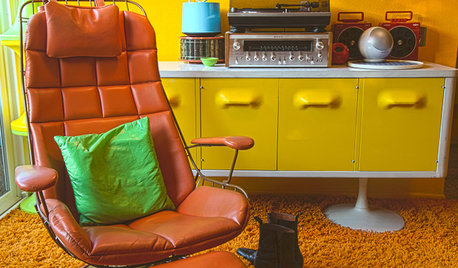
HOUZZ TOURSMy Houzz: Groovy 1970s Retro Pad in Los Angeles
Tune in to a dazzling kaleidoscope of colors, collectibles and vintage furnishings in this lovingly curated, mod California home
Full Story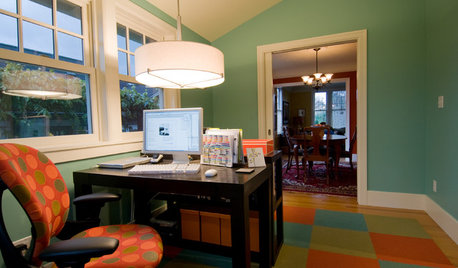
DECORATING GUIDESGo Bold (and Green) with Eco-Friendly Carpet Tiles
Get Ideas For Your Own Recyclable Rug Made of Colorful Carpet Squares
Full Story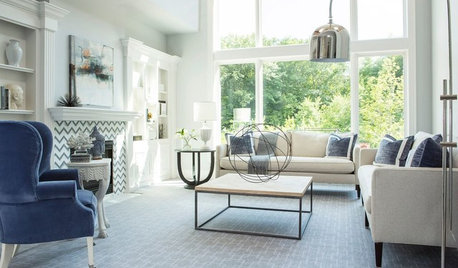
REMODELING GUIDES11 Reasons to Love Wall-to-Wall Carpeting Again
Is it time to kick the hard stuff? Your feet, wallet and downstairs neighbors may be nodding
Full Story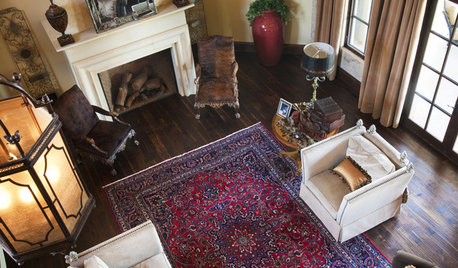
RUGSPrevent Slips and Floor Damage With the Right Rug Pad
Here's what to know about sizes, materials, costs and maintenance of this important companion to your area rugs
Full Story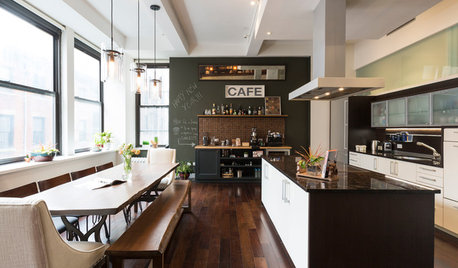
HOUZZ TOURSHouzz Tour: Coffee and World Travel Inspire a Bachelor Pad
A bistro-style coffee bar, Indian rugs and knickknacks from around the world bring global style to a New York apartment
Full Story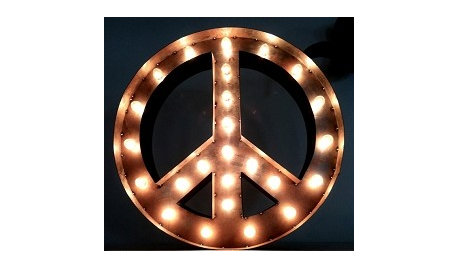
PRODUCT PICKSGuest Picks: Hippie-Chic Style for Today's Pads
Anyone is free to love these updated home accessories with doses of earthiness and dashes of wit
Full Story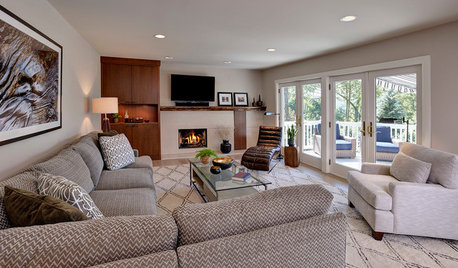
DECORATING GUIDESNew Sophistication for a Connecticut Bachelor Pad
A designer helps her client update two key spaces in a home with beautiful lakeside views
Full Story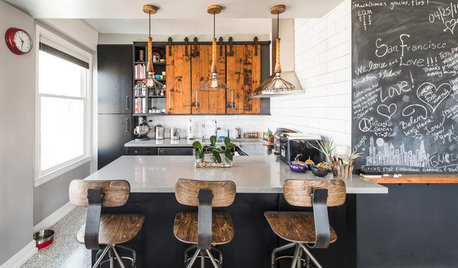
SMALL SPACESNeighboring Studio Becomes a Crash Pad for Guests
Looking for more space, a San Francisco couple snatched up a unit across the hall from their condo. Now guests get their own key
Full StoryMore Discussions






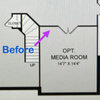

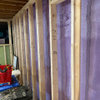
worthy